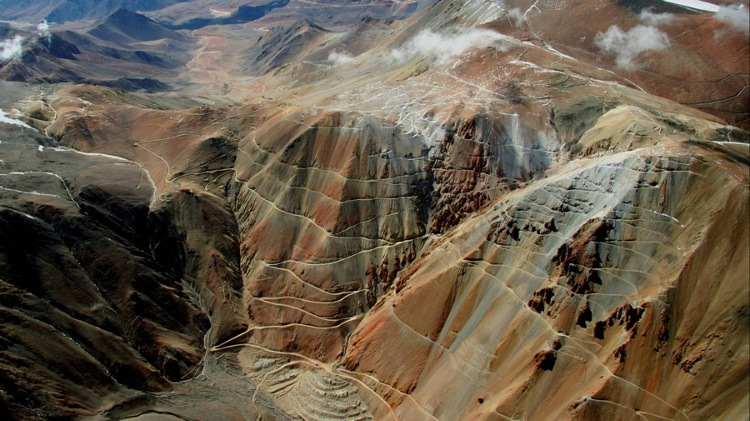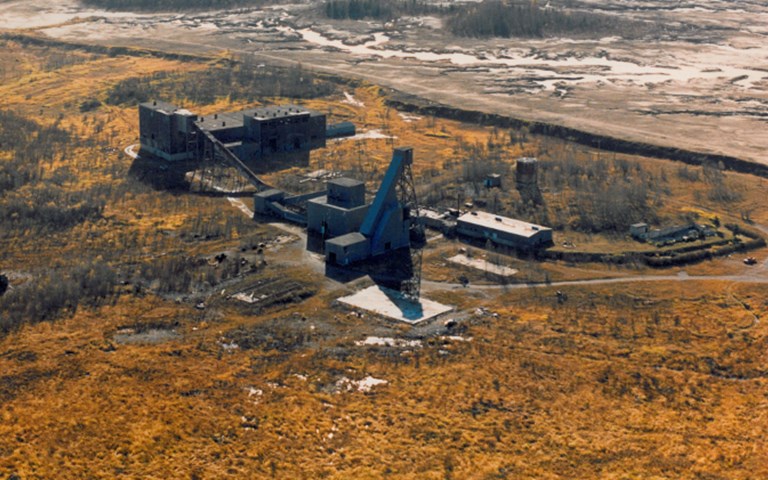The Wasamac mine, shown here in 1984, was last operated in 1971. Courtesy of Monarques Gold
Monarques Gold announced the initial parameters for a feasibility study at its Wasamac deposit in Val d’Or using a newer, cost-cutting method of ore extraction.
According to a press release published Tuesday, the feasibility study will be conducted using a top-down method of mining, rather than a more traditional bottom-up method, and includes a planned production of 6,000 tonnes per day. To accomplish this, Monarques will be using twin ramps to access the deposit, as well as the Rail-Veyor transport system which was first put to effective use in the Abitibi gold belt at Agnico Eagle’s Goldex mine, also in Val d’Or.
The Rail-Veyor, a light-rail electricity powered ore haulage system, uses a looping track and moving carts to transport ore from the deepest part of a mine to its unload point and back again — no trucks or man power required. The rail system also allows the carts to navigate around tighter corners that a traditional system might struggle with.
Related: To access the gold far below the surface at its Goldex mine, Agnico Eagle gave an innovative haulage system the opportunity to prove its worth
Wasamac was originally discovered in 1936, and includes three mining concessions and 12 mining claims over a 7.6 kilometre area. Monarques acquired the Wasamac deposit from Richmont Mines in Oct. 2017, after purchasing the entire company. According to prefeasibility study completed in Jan. 2018 the deposit contains measured and indicated reserves of 29.86 million tonnes at an average grade of 2.70 grams per tonne (g/t). Mining operations between 1965 and 1971 processed 1.9 million tonnes of ore before the mine was shuttered for economic reasons.
Monarques has recruited Canadian consulting engineering firm BBA to conduct the feasibility study for them. According to Monarques, the goal of the study is to put Wasamac into production at the lowest possible cost.
“We are working hard to make Wasamac a success, both economically and for the local communities,” Monarques president and CEO Jean-Marc Lacoste said in a statement, “We want this project to fulfill the economic and environmental criteria and meet the local communities’ requirements, and we are confident that with BBA’s help, we can achieve that goal.”
The study is expected to be completed in Dec. 2018.



